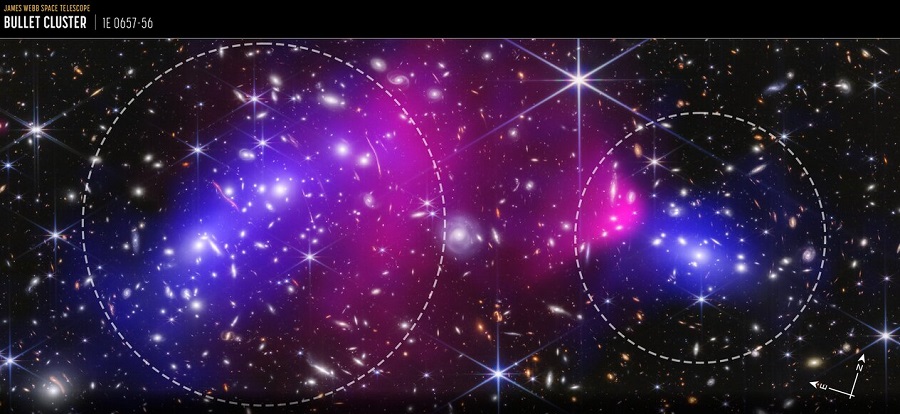Gravitational wave detectors, such as LIGO, have revolutionized astronomy, but only within a narrow frequency range. Now, physicists have found a way...
Vous n'êtes pas connecté
 - KNOWRIDGE.COM - A La Une - 20/06/2024 00:35
- KNOWRIDGE.COM - A La Une - 20/06/2024 00:35
Scientists challenge dark matter theory with new galaxy rotation findings
In a groundbreaking discovery, scientists at Case Western Reserve University have found new evidence that could change our understanding of the universe. Tobias Mistele, a post-doctoral scholar in the Department of Astronomy, used a technique called “gravitational lensing” to study dark matter. His research shows that the rotation curves of galaxies stay flat for millions […]
Articles similaires
Superconducting magnets from dark matter labs can hear universe’s unheard music
Gravitational wave detectors, such as LIGO, have revolutionized astronomy, but only within a narrow frequency range. Now, physicists have found a way...
Are we living inside a black hole? NASA’s James Webb findings stun scientists
The James Webb Space Telescope has observed a surprising alignment in the spin directions of ancient galaxies, challenging the standard cosmological...
Are we living inside a black hole? NASA’s James Webb findings stun scientists
The James Webb Space Telescope has observed a surprising alignment in the spin directions of ancient galaxies, challenging the standard cosmological...
Universe is built on three dimensions of time, suggests new research
It is believed that matter, motion, gravity, and everything else we know of originated from the three dimensions of space and one of time. However, a...
Universe is built on three dimensions of time, suggests new research
It is believed that matter, motion, gravity, and everything else we know of originated from the three dimensions of space and one of time. However, a...
Astronomers make groundbreaking discovery about largest comet ever observed flying through deep space
Originally Published by: Potential discovery of new dwarf planet adds wrinkle to Planet Nine theory Scientists detect mysterious radio waves coming...
Astronomers make groundbreaking discovery about largest comet ever observed flying through deep space
Originally Published by: Potential discovery of new dwarf planet adds wrinkle to Planet Nine theory Scientists detect mysterious radio waves coming...
Webb Telescope reveals hidden secrets of bullet cluster and dark matter
NASA’s James Webb Space Telescope has taken a closer look at the famous Bullet Cluster—a giant space collision between two galaxy clusters—and...
Webb Telescope reveals hidden secrets of bullet cluster and dark matter
NASA’s James Webb Space Telescope has taken a closer look at the famous Bullet Cluster—a giant space collision between two galaxy clusters—and...
Latest releases
-
Aucun élément

